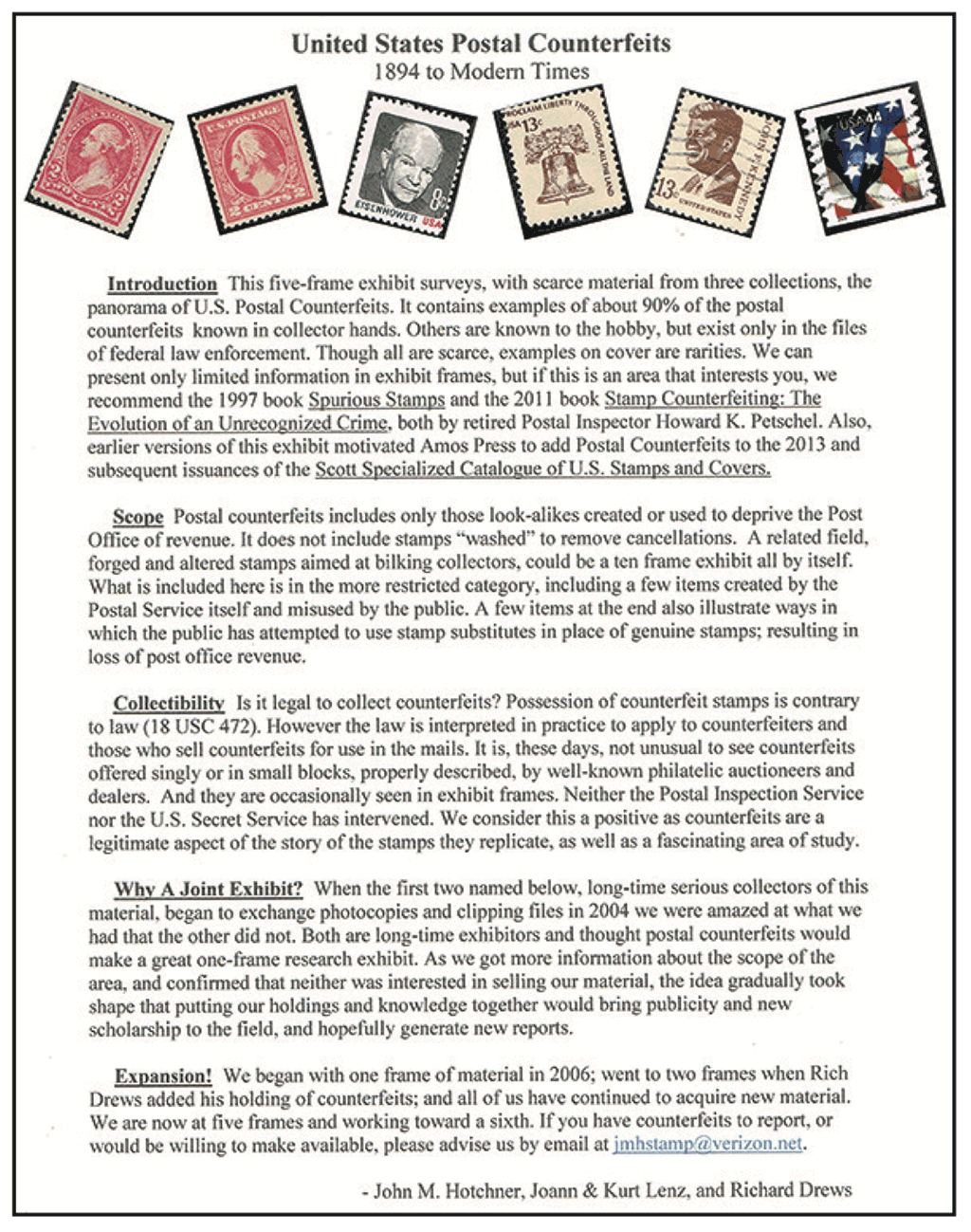The Hardest Part of Collecting Is Beginning, Part 2
by John M. Hotchner
In the previous installment, this column looked at what it takes to get started as a stamp collector; and choosing what to collect. The third leg of the beginning collector’s footrest is getting stamps to add to your collection, which will be the subject of this column. Here goes.
 If you begin as a collector of U.S. stamps, you eventually have to decide whether you will collect mint (with its unobstructed view of the design), used (which carries evidence in the form of the cancellation that the stamp has done the job it was created for), or both.
If you begin as a collector of U.S. stamps, you eventually have to decide whether you will collect mint (with its unobstructed view of the design), used (which carries evidence in the form of the cancellation that the stamp has done the job it was created for), or both.
The best place to buy current mint stamps is your local post office, or from what has come to be called “The Caves:” Stamp Fulfillment Services, 8300 NE Underground Dr., Pillar 210, Kansas City, MO 64144-0001. The reason is that you can purchase current stamps at face value instead of paying more than face value from a dealer, who buys them at face, but must add an additional charge to cover his overhead, and make a profit.
You can call The Caves at 1-800-782-6724 to be put on the list to receive USA Philatelic, the quarterly magazine showing what stamps and other philatelic products are available. You can also go on the Internet to www.usps.com/store.
Some foreign postal administrations sell used examples of current stamps—called “Cancelled-to-Order”—but not the USPS. So you will need to find other ways to gather the current stamps. Among the ways are the following:
- Ask friends and relatives to save stamps for you from their mail. It is best if they can save the entire envelope. In addition to the stamps, you may find that you are interested in the cancellations, the instructional (“auxiliary”) markings that explain delays in the mail, and even the combinations of stamps used. If not, you can clip the stamps off neatly for your collection.
- You or others may be able to convince the mail room at your place of employment to save the mailed envelopes they would otherwise toss in the garbage.
- You can buy mint stamps, and put them on envelopes that you send to yourself. A variant is to put stamps you want used on envelopes/post cards you give to your children away at school or located away from home base to make it easy for them to write.
- Via local stamp clubs where you will meet others like yourself who are looking to add to their collections. Clubs usually have several ways to help:
- They facilitate trading with other members
- Club auctions
- Club members-only buy/sell books
- Putting an ad in the club newsletter
- Writing a brief article telling what you collect and what you are looking for in the newsletter.
- Attending club-sponsored events (shows, bourses, open houses, etc.) where there will be dealers, a USPS sales booth, a table with stamps to encourage youth.
- Clubs often have circulating American Philatelic Society, or other federation sales books.
- Other members will have a variety of philatelic publications with advertising by dealers looking to buy and sell, and collectors looking to sell or trade with other collectors. They will also list what U.S. stamps are coming out shortly, the date of issue and where the first day ceremony will be held. If you are within a reasonable drive, these are always fun.
- When you travel for work, family visits, or vacations, make it a point to visit nearby clubs. You can look up clubs in the city/town/area where you will be visiting on the APS website, www.stamps.org. [Click through here to the specific page for looking up clubs.]
- To the extent that you can time your travel to coincide with one of the hundreds of stamp shows held around the nation, that may be a rewarding source.
- Check your telephone Yellow Pages under “Stamps for Collectors” to find active dealers in your area, ether stamp/hobby stores, or dealers who do business by mail or internet.
- Look at the lists of dealers on the American Stamp Dealers Association website www.americanstampdealer.com presented by state, for dealers who may be near you.
- There are national firms that specialize in “Approvals” sent by mail; often to new collectors. They will advertise in some general circulation magazines like the AARP periodicals, and often in philatelic periodicals.
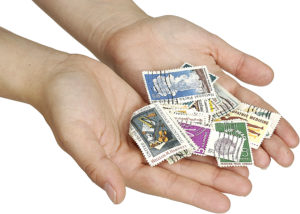 If you have enjoyed collecting current stamps, you may well decide to go backwards to get stamps previously issued by your country(ies) of interest. Or you may decide to broaden your collecting to other countries, or pursue a theme such as space travel on stamps, the story of tennis, or national costumes on stamps.
If you have enjoyed collecting current stamps, you may well decide to go backwards to get stamps previously issued by your country(ies) of interest. Or you may decide to broaden your collecting to other countries, or pursue a theme such as space travel on stamps, the story of tennis, or national costumes on stamps.
To go after such stamps, #s 4 to 9 above can be helpful. In addition,
- Friends or relatives in other countries can be helpful.
- Specialty societies based in the U.S. and abroad can provide several of the methods noted in #4 above with regard to foreign stamps.
- Use eBay, APS StampStore, and other on-line resources to locate material that fits into your collection.
- Commercial auctions are a good source of material. They advertise in, and are covered by, philatelic publications.
Once you are a fairly experienced collector with definite interests, there are two additional methods of seeking out stamps for your collection: writing about your collection in specialty society journals, and becoming a philatelic exhibitor. By “publicizing” your interest in these ways, you are inviting readers and viewers to contact you with stamps, covers and other philatelic material that will fit into your collection; and often of equal importance, information about the stamps you collect that can broaden your understanding of their history and use.
Somewhere in this journey, you will be introduced to stamp catalogs. The most often used in the United States, even for collectors of foreign stamps, is the Scott Standard Postage Stamp Catalogue, which is updated yearly.
In the next column, I will discuss how stamp catalogs can be used to help you understand and improve your stamp collection.
Part 1 of John’s series “Getting Started” is here.
Should you wish to comment on this editorial, or have questions or ideas you would like to have explored in a future column, please write to John Hotchner, VSC Contribu-tor, P.O. Box 1125, Falls Church, VA 22041-0125, or email, putting “VSC” in the subject line.
Or comment right here.


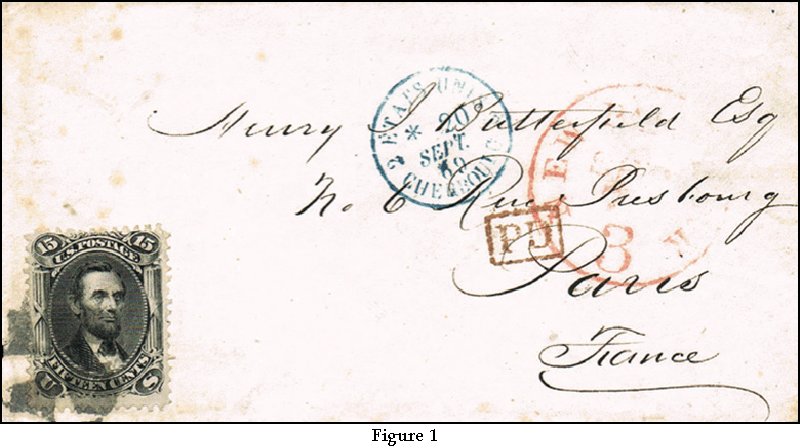
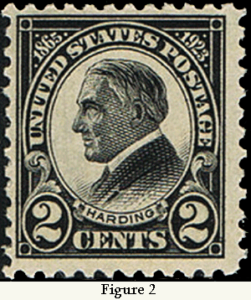 We would not see such an issuance again until the passing of Pres. Warren Harding from a heart attack on August 2, 1923. A mourning stamp in his honor (Figure 2)—a flat plate-printed, perf. 11 version (Scott #610)—was released just a month later, on Sept. 1, 1923. It was followed by three more versions (perf. 10 flat plate, imperf., and perf. 11 rotary press; Scott #s 611-613) within a couple of months.
We would not see such an issuance again until the passing of Pres. Warren Harding from a heart attack on August 2, 1923. A mourning stamp in his honor (Figure 2)—a flat plate-printed, perf. 11 version (Scott #610)—was released just a month later, on Sept. 1, 1923. It was followed by three more versions (perf. 10 flat plate, imperf., and perf. 11 rotary press; Scott #s 611-613) within a couple of months.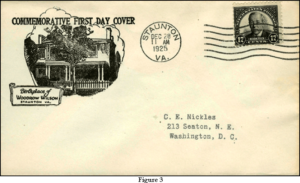 was given a 17¢ memorial stamp in black (Scott 623) almost two years after he died, seen in a first day cover, Figure 3. William Howard Taft whose presidency ended in 1913, left us on March 8, 1930, and was included in the Fourth Bureau issue with a brown 4¢ sheet stamp and a coil just three months later (Fig. 4)
was given a 17¢ memorial stamp in black (Scott 623) almost two years after he died, seen in a first day cover, Figure 3. William Howard Taft whose presidency ended in 1913, left us on March 8, 1930, and was included in the Fourth Bureau issue with a brown 4¢ sheet stamp and a coil just three months later (Fig. 4)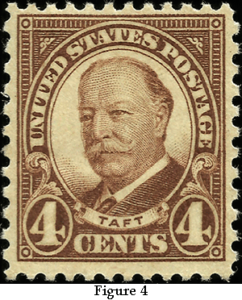 But Calvin Coolidge, who passed in 1933 was not placed on a stamp until the presidential issue of 1938, where he was the honoree on the $5 (Scott #834).
But Calvin Coolidge, who passed in 1933 was not placed on a stamp until the presidential issue of 1938, where he was the honoree on the $5 (Scott #834).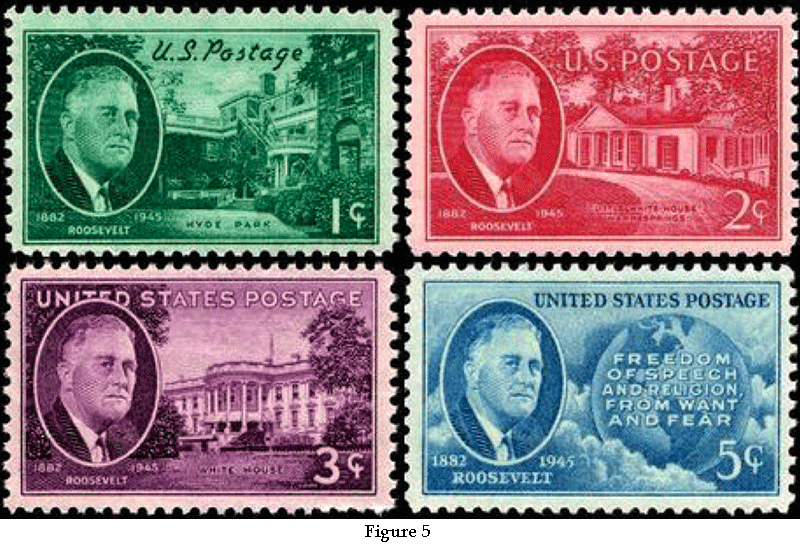
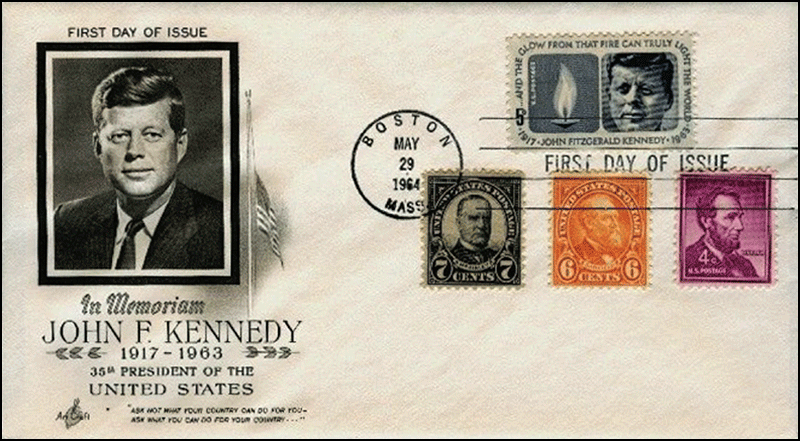
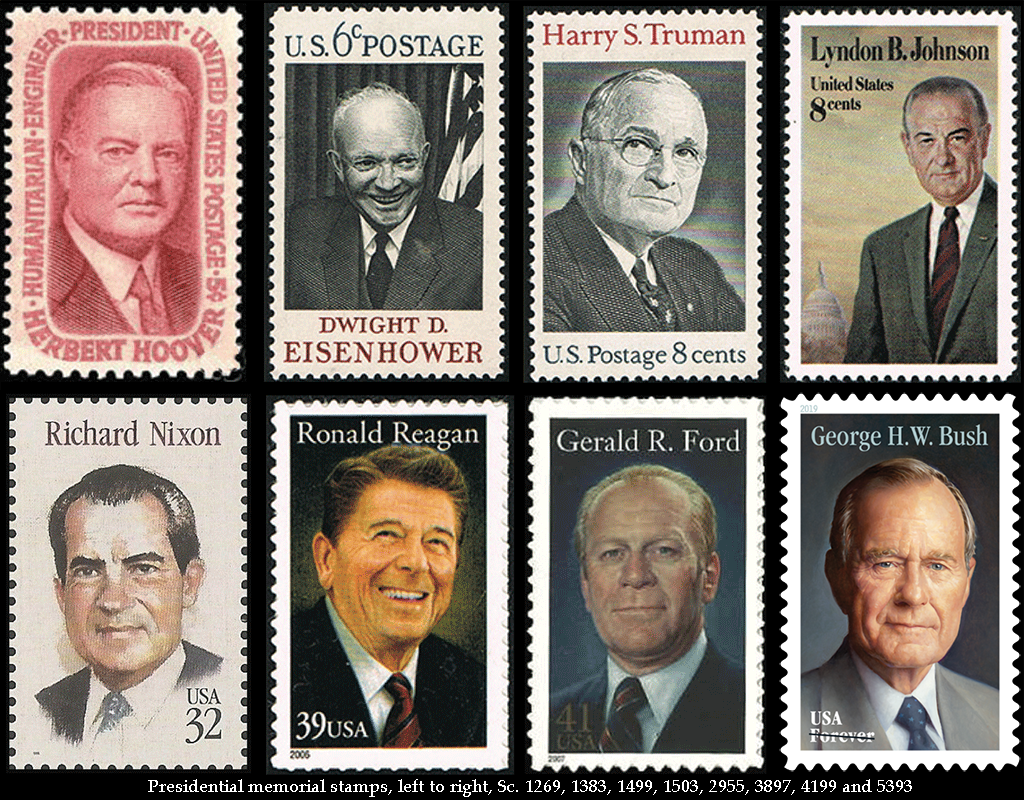 We are long past the times when the U.S. Postal Service was simply reactive to a presidential passing. Wouldn’t be prudent. They now have “in the bank” an approved image of each president who has left office, ready for use on the memorial stamp. It has been selected by the president himself, and discussed with the immediate family as well.
We are long past the times when the U.S. Postal Service was simply reactive to a presidential passing. Wouldn’t be prudent. They now have “in the bank” an approved image of each president who has left office, ready for use on the memorial stamp. It has been selected by the president himself, and discussed with the immediate family as well. It is always easier to deal with a small task than to let it become one that looks overwhelming as you face it.
It is always easier to deal with a small task than to let it become one that looks overwhelming as you face it.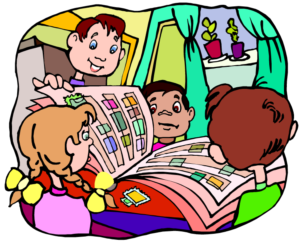 think there are at least seven ways that stamps can appeal to kids:
think there are at least seven ways that stamps can appeal to kids:
 Positive Attention/Feedback: Every accomplishment from organizing, to completing a game, to learning the name a foreign country calls itself (e.g. Helvetia = Switzerland) is an opportunity for praise.
Positive Attention/Feedback: Every accomplishment from organizing, to completing a game, to learning the name a foreign country calls itself (e.g. Helvetia = Switzerland) is an opportunity for praise.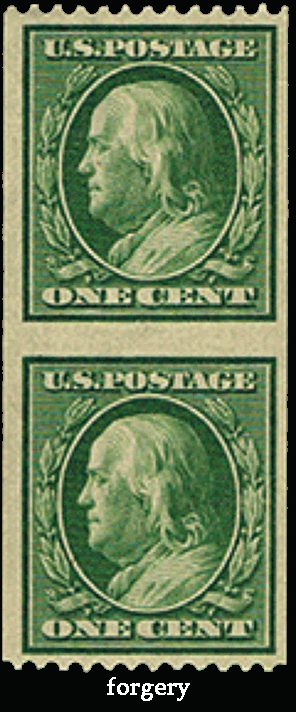 using the post for illegal or immoral purposes, or attempting to fool collectors into buying altered stamps and covers, or outright forgeries.
using the post for illegal or immoral purposes, or attempting to fool collectors into buying altered stamps and covers, or outright forgeries.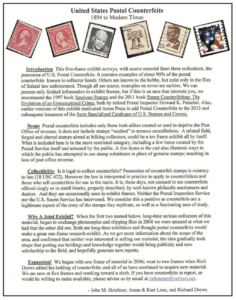 More importantly, we did an exhibit showing all of what we know to exist and have in “our” collection. See the title page on the right and also reproduced at the bottom of this page for clarity. While it began as two frames, it is now on the verge of a sixth, and the exhibit is shown at the APS Winter and Summer shows each year.
More importantly, we did an exhibit showing all of what we know to exist and have in “our” collection. See the title page on the right and also reproduced at the bottom of this page for clarity. While it began as two frames, it is now on the verge of a sixth, and the exhibit is shown at the APS Winter and Summer shows each year.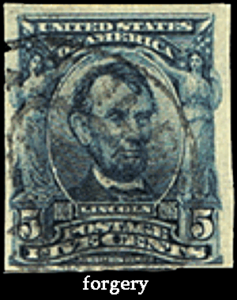 describing a 20¢ Flag Over Supreme Court counterfeit that was used on mailed advertisements for pornography. We don’t have one, and indeed none of us have ever seen a genuine example!
describing a 20¢ Flag Over Supreme Court counterfeit that was used on mailed advertisements for pornography. We don’t have one, and indeed none of us have ever seen a genuine example!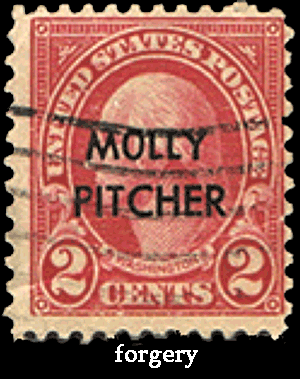 So, where ‘in the olden days’ a postal employee might identify a counterfeit and call in the Inspectors, current counterfeits are well enough done that postal staff can not easily tell the difference between the fakes and genuine stamps without a magnifier.
So, where ‘in the olden days’ a postal employee might identify a counterfeit and call in the Inspectors, current counterfeits are well enough done that postal staff can not easily tell the difference between the fakes and genuine stamps without a magnifier.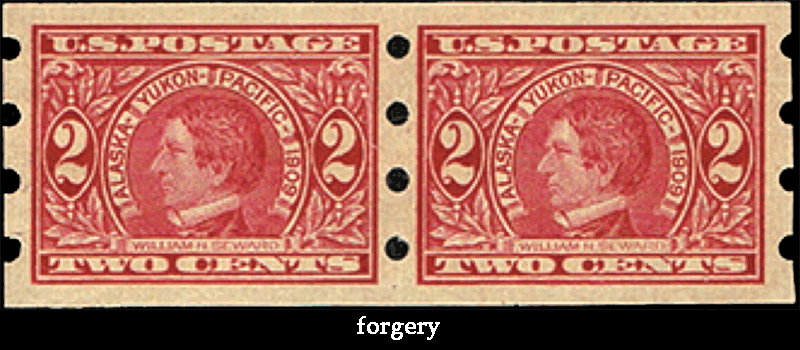 This level of audacity is equaled if not exceeded by what have come to be called the “stamp doctors” who alter genuine U.S. stamps to make them into more expensive versions (making coils from imperf stamps, adding “Kans.” Or “Nebr.” Overprints, for example) and repair flawed stamps to make them more desirable (and thus more expensive). Examples of this practice might include reperfing to replace damaged perforations, adding perfs to straight edges, filling in pin holes, replacing hinged gum, and much, much more.
This level of audacity is equaled if not exceeded by what have come to be called the “stamp doctors” who alter genuine U.S. stamps to make them into more expensive versions (making coils from imperf stamps, adding “Kans.” Or “Nebr.” Overprints, for example) and repair flawed stamps to make them more desirable (and thus more expensive). Examples of this practice might include reperfing to replace damaged perforations, adding perfs to straight edges, filling in pin holes, replacing hinged gum, and much, much more.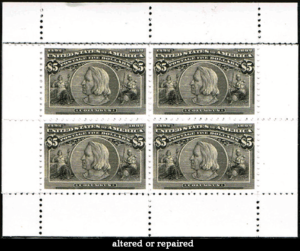 Putting together a collection of faked, altered and repaired stamps is a challenge because no dealer specializes in such material, but almost every dealer will have some examples and they mostly sell for pennies on the catalogue-value dollar. The collector who accumulates and studies such material is bound to learn a great deal about the properties of such material, but will also have a leg up in being able to make good judgments about genuine and unaltered stamps.
Putting together a collection of faked, altered and repaired stamps is a challenge because no dealer specializes in such material, but almost every dealer will have some examples and they mostly sell for pennies on the catalogue-value dollar. The collector who accumulates and studies such material is bound to learn a great deal about the properties of such material, but will also have a leg up in being able to make good judgments about genuine and unaltered stamps.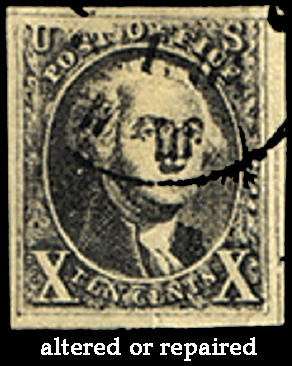 should be warned that the art of forging, altering and repairing has made great strides in recent years, and the only reliable ways to avoid such material are by acquiring personal knowledge, and knowing how to use the services of a reputable expertizing organization.
should be warned that the art of forging, altering and repairing has made great strides in recent years, and the only reliable ways to avoid such material are by acquiring personal knowledge, and knowing how to use the services of a reputable expertizing organization.